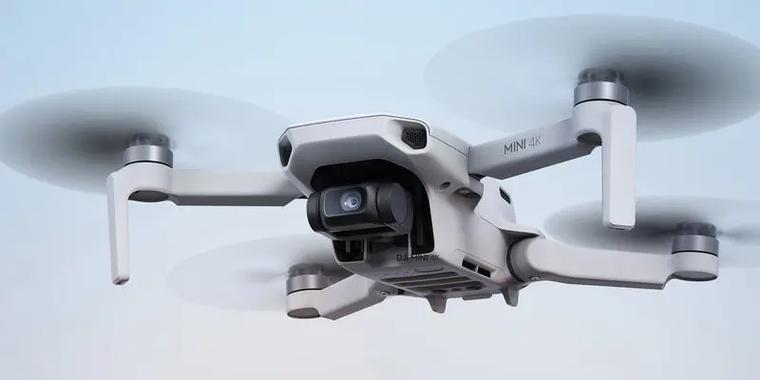In recent years, the integration of thermal camera technology into drones has revolutionized various industries. These innovative devices provide unparalleled advantages, offering a unique perspective that is not achievable with traditional cameras. The combination of drones and thermal cameras broadens the possibilities for applications in fields such as security, search and rescue, wildlife management, and environmental monitoring.
Enhancing Security and Surveillance
One of the primary applications of drones equipped with thermal cameras is in the realm of security and surveillance. These drones have the capability to detect heat signatures from a long distance, allowing for effective monitoring of large areas without compromising safety. This can be particularly beneficial for tracking intruders in restricted zones or during nighttime operations where visibility is limited. The thermal camera’s ability to detect body heat ensures that security personnel can identify unauthorized actions swiftly and accurately.
Applications in Search and Rescue
Thermal camera drones play a crucial role in search and rescue operations. They can be deployed in environments where traditional search methods may be ineffective, such as dense forests or mountainous terrains. By detecting heat signatures, drones with thermal cameras can locate lost individuals or animals quickly, even in conditions where visibility is compromised, such as heavy fog or smoke. This technology significantly reduces search times and increases the likelihood of successful rescues, providing a vital tool for emergency responders.
Wildlife Management and Research
In wildlife management, thermal imaging drones offer a non-invasive method for studying and monitoring animal behavior. Researchers can track animals’ movements, monitor population sizes, and even identify species without disturbing their natural habitat. Thermal cameras are particularly useful in nocturnal studies, ensuring that data collection continues seamlessly even after the sun sets. This technology supports conservation efforts by providing actionable insights into animal patterns and environmental impacts.
Environmental Monitoring and Inspection
Environmental monitoring is another area where drones with thermal cameras excel. These devices can detect heat variations in waterways, forests, or farms, helping identify temperature changes indicative of environmental health issues. For instance, by mapping thermal anomalies, drones can pinpoint potential pollution sources or track changes in vegetation health. In agriculture, thermal cameras can assess crop health and water distribution, optimizing resource management and increasing yield efficiency.
Challenges and Solutions
Despite the benefits, using drone thermal cameras presents challenges such as legality and cost. Users must be aware of regulations around drone usage, as these often vary by location. Additionally, the cost of acquiring and maintaining high-quality thermal imaging equipment may pose a barrier for some operators. However, the expanding market and technological advancements are steadily reducing these costs, making the technology more accessible.
FAQs on Drone Thermal Cameras
- How does a thermal camera work? It detects infrared radiation emitted by objects, allowing it to capture images based on temperature differences.
- Can thermal drones be used in all weather conditions?
 While they are effective in many conditions, extreme weather such as heavy rain can impact image clarity.
While they are effective in many conditions, extreme weather such as heavy rain can impact image clarity. - Is drone thermal camera technology expensive? The cost can vary widely depending on the model and features, but prices have been decreasing as the technology becomes more mainstream.